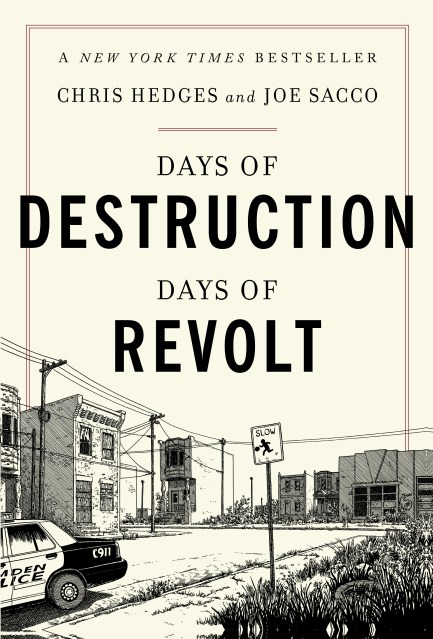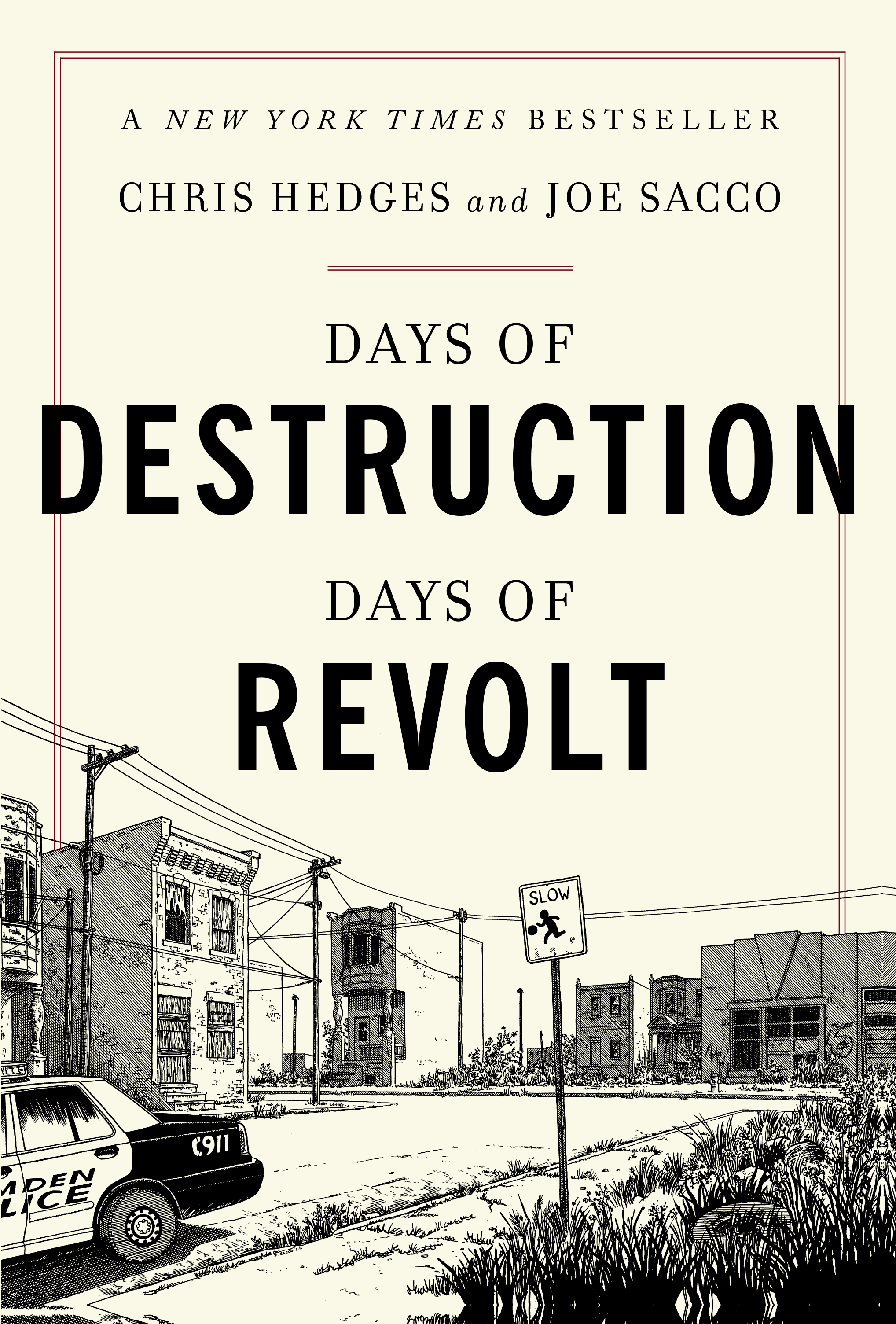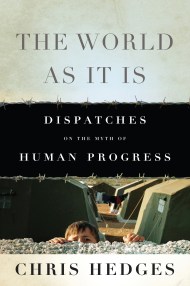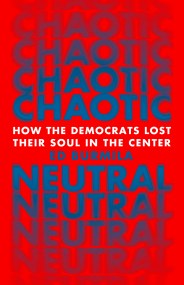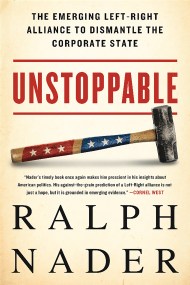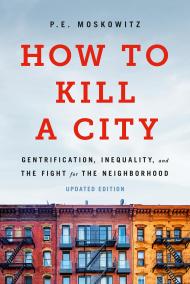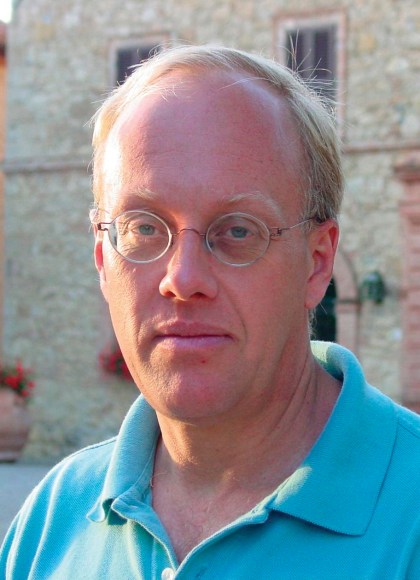Promotion
Use code BEST25 for 25% off storewide. Make sure to order by 11:59am, 12/12 for holiday delivery!
By clicking “Accept,” you agree to the use of cookies and similar technologies on your device as set forth in our Cookie Policy and our Privacy Policy. Please note that certain cookies are essential for this website to function properly and do not require user consent to be deployed.
Days of Destruction, Days of Revolt
Contributors
By Chris Hedges
By Joe Sacco
Formats and Prices
- On Sale
- Apr 8, 2014
- Page Count
- 320 pages
- Publisher
- Bold Type Books
- ISBN-13
- 9781568584737
Price
$12.99Format
Format:
- ebook $12.99
- Trade Paperback $24.99
This item is a preorder. Your payment method will be charged immediately, and the product is expected to ship on or around April 8, 2014. This date is subject to change due to shipping delays beyond our control.
Buy from Other Retailers:
The book starts in the western plains, where Native Americans were sacrificed in the giddy race for land and empire. It moves to the old manufacturing centers and coal fields that fueled the industrial revolution, but now lie depleted and in decay. It follows the steady downward spiral of American labor into the nation’s produce fields and ends in Zuccotti Park where a new generation revolts against a corporate state that has handed to the young an economic, political, cultural and environmental catastrophe.
Newsletter Signup
By clicking ‘Sign Up,’ I acknowledge that I have read and agree to Hachette Book Group’s Privacy Policy and Terms of Use
